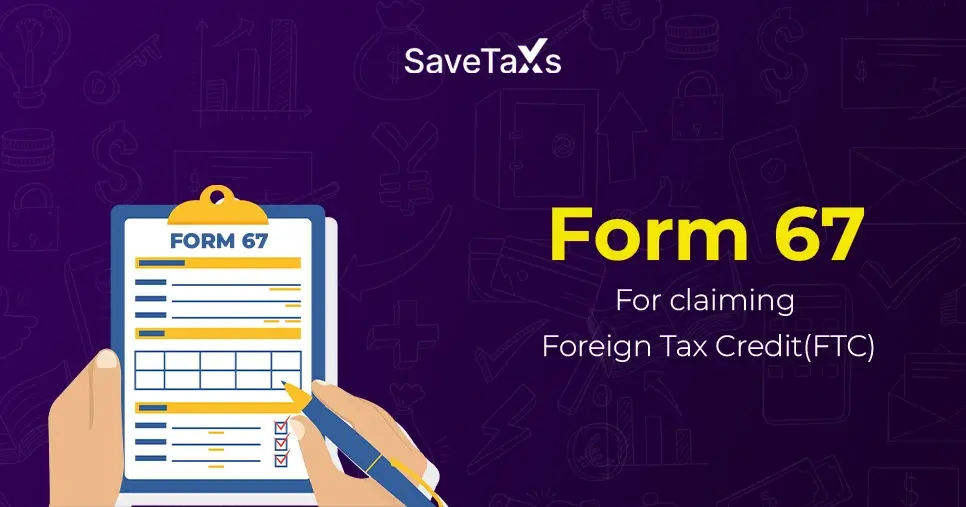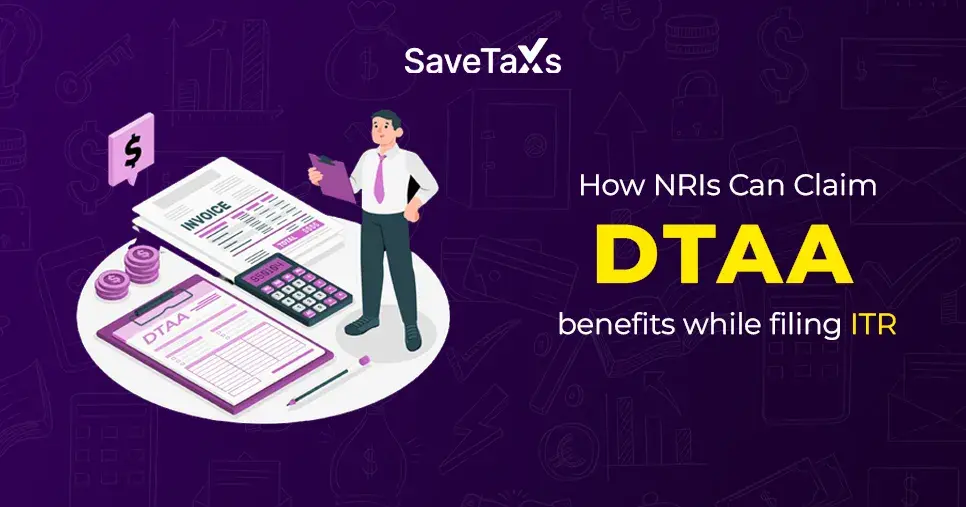- Budget 2025 Update
- What Is Section 112 of the Income Tax Act?
- Who Should Pay Tax Under Section 112?
- Long-Term Assets Covered Under Section 112 of the Income Tax Act
- Classification of Capital Assets into Long-Term and Short-Term
- Long-Term Capital Gain Tax Rate Covered Under Section 112
- Calculation of Tax Liability If Long-Term Capital Gain Is Included in Total Income
- Points to Consider
- Illustrations
- Set Off and Carry Forward of Long-Term Capital Loss (LTCL) Under Section 112
- Section 112 v/s 112A v/s 111A
- Final Thoughts
Capital gain is the profit an individual earns from selling his/her long-term assets. Based on the investment period, capital gains are determined. Consider this: according to the Income Tax Act 1961, there are two types of investment gains, i.e., long-term and short-term capital gains. Long-term capital gains are profits earned from assets that are held for more than a year, and short-term capital gains are profits earned from assets held less than a year. Every taxpayer, whether an Indian resident or a non-Indian resident, is liable to pay tax on profits earned on long-term capital gains. Under two provisions, i.e., section 112 and section 112A, the calculation of long-term capital gain is done. In this blog, we will talk about section 112 of the Income Tax Act and explain its relevance in the financial scenario. So, let's begin reading.
Budget 2025 Update
The Budget 2025 proposed several things to include in the Capital Gains
- Budget 2025 stated that where the annual premiums of ULIPs will be more than INR 2,50,000 per year or 10% of the assured sum, they will be classified as capital assets and will be treated as equity-oriented mutual funds.
- The Union Budget 2025-26 proposes an amendment to Section 2(14) to include securities held by investment funds in capital gains from 2026-27 and make changes in the definition of 'capital assets.
These are the changes proposed in Budget 2025. Moving ahead, let's know about Section 112 of the Income Tax Act.
What Is Section 112 of the Income Tax Act?
Section 112 of the Income Tax Act is a tax provision for long-term capital assets. It does not include the assets that are stated under section 112A. The capital gains arising from the long-term capital assets are included in this section. Additionally, under section 112 of the Income Tax Act, the tax rate is not fixed. The interest rates depend on the holding period and the nature of the assets.
This was all about section 112 of the Income Tax Act. Moving further, let's know who should pay tax under this section.
Who Should Pay Tax Under Section 112?
Under section 112 of the Income Tax Act, all Indian taxpayers are eligible to pay tax, and on their capital gains, they have to pay applicable taxes. Here is the list of eligible taxpayers who come under this section:
- Individuals
- Indian Residents
- Non-resident Indians
- Hindu Undivided Families (HUFs)
- Companies
- Partnership Firms
- Foreign Companies
These are the taxpayers in India who are eligible to pay taxes on their capital gains under section 112 of the Income Tax Act. Moving further, let's know the long-term assets covered under this section.
Long-Term Assets Covered Under Section 112 of the Income Tax Act
The following long-term assets are covered under section 112 of the Income Tax Act:
- Unit of the Unit Trust of India
- Listed securities (stated in the stock exchange in India)
- Immovable property
- Zero-coupon bonds
- Unlisted securities (not stated on the stock exchange in India)
- Any other capital assets
Additionally, section 112 of the Income Tax Act does not apply to the capital gains earned on the sale of the long-term capital assets that are stated in section 112A. These include:
- Units of business trusts where the security transaction tax (STT) is paid at the time of transfer.
- Listed equity shares, where, at the time of transfer or acquisition, payment of STT is made.
- Units of equity-oriented mutual funds, where during transfer, STT is paid.
These are the long-term assets covered under section 112 of the Income Tax Act. Furthermore, let's know how the classification of assets is done into short-term and long-term.
Classification of Capital Assets into Long-Term and Short-Term
Have a look at the table below to know how the capital assets are classified:
| Capital Asset Type | Long-Term Capital Asset | Short-Term Capital Asset |
|---|---|---|
| Equity Mutual Funds | 12 months or more | Less than 12 months |
| Equity Shares (listed) | 1 year or more | Less than 1 year |
| Zero-Coupon Bonds | 12 months or more | Less than 12 months |
| Equity Shares (unlisted) | 24 months or more | Less than 24 months |
| Immovable Property | 2 years or more | Less than 2 years |
| Any Other Asset | 36 months or more | Less than 36 months |
Here, you need to consider that in Budget 2024, several changes were proposed that come into effect from the financial year 2024-2025. These are as follows:
- New Holding Periods: The 36-month holding period has been removed by the Indian government. Considering this, there will now be two holding periods, i.e., 12 months and 24 months.
- Short-Term Capital Gains Tax: From 15 to 20% short-term capital gains have risen on business trust units, listed equity shares, and equity shares-oriented fund units. Additionally, other assets that are under the short-term will be taxed according to applicable tax rates.
- Listed Securities: Listed securities that have a holding period of more than 12 months will now be considered as long-term assets.
The changes aim to ease the classification of assets and increase taxes on short-term capital gains. Moving ahead, let's know the long-term capital gain tax rate covered under section 112 of the Income Tax Act.
Long-Term Capital Gain Tax Rate Covered Under Section 112
The tax rate on long-term capital gain covered under section 112 of the Income Tax Act is as follows:
- Other than units, LTCG on listed securities, where payment of STT was not made at the time of transfer and acquisition. Lower tax rate will be:
- 10% without indexation
- 20% with indexation
- LTCG on zero-coupon bonds, the lower tax rate will be:
- 10% without indexation
- 20% with indexation
- In case of a non-resident or a foreign company, LTCG from shares or unlisted securities, the tax rate will be:
- 10% on LTCG without the calculation of capital gain in indexation and foreign currency (Tax = 10% * (sale price- acquisition cost))
- Sale of a long-term capital asset, such as immovable property, by a resident, the tax rate will be:
- 20% with indexation
Furthermore, let's know the taxation rate of several types of LTCG.
Taxation Rates
The taxation rates for different types of long-term capital gains are as follows:
| Long-Term Capital Assets | Residential Status in India | Tax/ Slab Rates |
|---|---|---|
| Debt-oriented mutual funds | Resident and non-resident | Same taxability for long-term and short-term funds |
| Equity shares that are listed and equity-oriented mutual funds (under section 112A of the Income Tax Act) | Resident and non-resident | In case the amount is more than INR 1,00,000, 10% tax will be applicable without indexation on gains |
| Listed securities such as gold bonds, listed bonds, and more. | Resident and non-resident | 10% tax rate without indexation |
| Zero-coupon bonds | Resident and non-resident | Tax rate is less than 10% without indexation or 20% with indexation |
| Unlisted shares or securities | Non-resident | 10% tax rate without calculating capital gain in foreign currency and indexation |
Note: However, over the years, the taxation rules on these funds have changed with a major shift stated in the 2023 Finance Bill. On debt mutual funds, the indexation benefits were removed by the amendment, and now these are taxed according to the tax slab of the investors. Considering this, from 1 April 2023, capital gains earned from debt mutual funds with the equity exposure of up to 35% are considered short-term capital gains and taxed as per the slab rates of investors.
This was all about the tax rate on LTCG covered under section 112 of the Income Tax Act. Moving further, let's know how to calculate tax liability if the total income includes LTCG.
Stay compliant with Indian Income Tax laws, claim deductions, and avoid penalties.
Talk to our tax expertsCalculation of Tax Liability If Long-Term Capital Gain Is Included in Total Income
If the total income of the taxpayer, whether resident or non-resident, includes the capital gains from the long-term assets, then tax liability will be calculated as follows:
- Subtract the long-term capital gains from the total income, and, as per the applicable tax rate, calculate the tax on the reduced income.
- On the long-term capital gains, according to the above-mentioned tax rates, separately calculate the tax.
- To know your total tax liability, add both the calculated tax amounts.
This is how you can calculate your tax liability if your total income includes long-term capital gains. Moving ahead, let's know the points you need to consider while computing tax liability under Section 112.
Points to Consider
These are some points that you need to consider while computing your tax liability under Section 112 of the Income Tax Act:
- Using this section, you can adjust your LTCG against your basic tax exemption limit. As per this, if your annual income is lower than the basic tax exemption limit, you can request the Income Tax Department to make the tax adjustment of your long-term capital gain against your annual income and pay taxes on the remaining amount. However, non-residents cannot take advantage of this.
- It is vital for you to mention all your income from capital gains under the ITR form. It includes both ITR-2 and ITR-3. Under Schedule CG of the income tax return for your long-term capital gains, you should provide the following details:
- Total sale value
- Under section 48 of the Income Tax Act, applicable tax deductions:
- Purchase cost or the indexed price of acquisition
- Indexed price of improvement
- Expenses incurred during transfer
- Additionally, you should also mention any offset loss incurred during the asset sale that you held for a longer time than the mentioned holding time. Loss incurred from such a sale is called LTCL or long-term capital loss.
These are some things that you need to consider under section 112 of the Income Tax Act while calculating your tax liability. Confused about how the calculation is done? Let's better understand this with different examples. To know, read below.
Illustrations
To provide you better understanding of how tax is calculated under section 112 of the Income Tax Act on long-term capital gains, three illustrations are mentioned. So read on and resolve your queries.
Illustration 1
Suppose Mr. A is a 58-year-old man with an INR of 8,00,000 total income. His income also includes INR 1,00,000 long-term capital gain that he earned from the sale of his immovable property in India. So, this is how his tax liability will be calculated:
- Total income excluding LTCG: INR 8,00,000
- According to the old tax regime, tax payable on INR 7,00,000: INR 52,500
- 20% tax on INR 1,00,000 LTCG: INR 20,000
- Total tax payable by Mr. A: INR 72,500 (excluding cess)
Illustration 2
Suppose Mr. D is a 56-year-old Man and has a total income of INR 3,50,000. His income includes INR 3,00,000 long-term capital gain earned from mutual fund units. So, is normal income is INR 50,000 (3,50,000- 3,00,000). Here, is normal income is less than the basic tax exemption limit, i.e., INR 2,50,000. According to this, the taxable income of Mr. D is as follows:
- Normal income: INR 50,000 (a)
- LTCG: INR 3,00,000 (b)
- Tax payable on normal income: Nil
- Basic tax exemption limit: INR 2,50,000 (c)
- Unadjusted amount (c-a): INR 2,00,000 (d) (INR 2,50,000- INR 50,000)
- LTCG after adjustment
- Basic exemption limit (b-d): INR 1,00,000 (e) (INR 3,00,000 - INR 2,00,000)
- 20% tax on adjusted LTCG: INR 20,000 (f) (20% of INR 1,00,000)
- Total tax payable: INR 20,000 (f)
Illustration 3
Suppose Mr. E is a 54-year-old man with a total income of INR 4,00,000. In his total income, INR 3,00,000 is from long-term capital gain that he earned from mutual fund units. Under Chapter VI-A of the Income Tax Act INR 1,50,000 deduction will be applicable. Here, excluding long-term capital gain, the total income is INR 1,00,000, and the deduction under Chapter VI-A is adjusted with normal income only. So, let's calculate the tax liability of Mr. E.
- Income after deductions: NIL (a)
- LTCG: INR 3,00,000 (b)
- Taxpayable on Normal income: NIL
- Basic tax exemption limit: INR 2,50,000 (c)
- Unadjusted amount (a-c): INR 2,50,000 (INR 2,50,000- 0)
- LTCG after adjustment
- Basic exemption limit (b-c): INR 50,000 (d) (INR 3,00,000- INR 2,50,000)
- 20% tax on adjusted LTCG: INR 10,000 (e) (20% of INR 50,000)
- Total tax payable by Mr. E after all the adjustments: INR 10,000
The above-mentioned illustrations show the calculation of tax on LTCG according to different situations. Moving ahead, let's know the set off and carry forward of long-term capital loss under section 112 of the Income Tax Act.
Set Off and Carry Forward of Long-Term Capital Loss (LTCL) Under Section 112
Under section 112 of the Income Tax Act, when a taxpayer at a loss sells a capital asset after holding it for a longer time than the specific holding period, it is stated as a long-term capital loss (LTCL). This LTCL can only be offset against long-term capital gain from another capital asset. According to the set off and carry forward losses rule of the Income Tax, the LTCL can only be set off against the LTCG of the current year. Additionally, the remaining loss can be carried forward up to 8 years and set off against only the future LTCG.
This is how, under section 112 of the Income Tax Act, LTCL is set off and carried forward. Moving further, let's know the difference between sections 112, 112A, and 111A.
Section 112 v/s 112A v/s 111A
Here is the difference between sections 112, 112A, and 111A:
| Section 112 | Section 112A | Section 111A |
|---|---|---|
| Section 112 of the Income Tax Act applies to all long-term capital assets stated under section 2(29AA). According to the different types of capital gains, different tax rates are applied to assets except those mentioned under section 112A. | This is the overriding section of section 112 of the Income Tax Act. Therefore, it only applies to specific long-term capital assets such as units of business trusts, equity shares, and equity mutual funds that are listed on the Indian stock exchange, and payment of STT is made. | Section 111A of the Income Tax Act applies only to short-term capital gains. It includes shares of units of business trusts, equity shares, and equity mutual funds, which are listed on the Indian stock exchange, and payment of STT is made. |
The above table shows the key difference between sections 112, 112A, and 111A of the Income Tax Act.
Final Thoughts
This was all about section 112 of the Income Tax Act that deals with tax on long-term capital gains earned by the taxpayer on the transfer or sale of assets. Additionally, it also provides some tax exemptions on capital gains to reduce the tax liability of a taxpayer in India. With this, if you need more information about this section, connect with the experts of Savetaxs and get all the guidance. Furthermore, they can also help you with claiming tax benefits under this section and filing your ITR.
Note: This guide is for information purposes only. The views expressed in this guide are personal and do not constitute the views of Savetaxs. Savetaxs or the author will not be responsible for any direct or indirect loss incurred by the reader for taking any decision based on the information or the contents. It is advisable to consult with either a Chartered Accountant (CA) or a professional Company Secretary (CS) from the Savetaxs team, as they are familiar with the current regulations and help you make accurate decisions and maintain accuracy throughout the whole process.

Mr Manish is a financial professional with over 10 years of experience in strategic financial planning, performance analysis, and compliance across different sectors, including Agriculture, Pharma, Manufacturing, & Oil and Gas. Mr Prajapati has a knack for managing financial accounts, driving business growth by optimizing cost efficiency and regulatory compliance. Additionally, he has expertise in developing financial models, preparing detailed cash flow statements, and closing the balance sheets.
- When Do NRIs Need to Disclose Their Foreign Assets in India?
- Section 89A - Tax Relief on Income from Foreign Retirement Funds
- Form 27Q Simplified For NRIs- TDS Return on Payments
- Cost Inflation Index for FY 2025-26: Index Table, Meaning, Calculation
- Section 144B Of Income Tax Act: Faceless Assessment Scheme
- Form 12BB: How To Download and Fill the Investment Declaration Form
- What is House Rent Allowance: HRA Exemption, Tax Deduction, Rules & Regulations
- Section 147 of the Income-tax Act, 1961 (ITA) Demystified
- What are the 5 Heads of Income Tax?
- Section 80EE Of the IT Act: Home Loan Interest Deduction
- Section 115BAC New Tax Regime 2025: Slabs, Benefits, Exemptions & Deductions
- Section 54EC of Income Tax Act: Capital Gain Exemption
- Section 54F of Income Tax Act - Exemption on Purchase of Residential Property
- Types Of Taxes In India: Direct Tax and Indirect Tax
- Income Tax Act Section 148: Assessment or Reassessment
Want to read more? Explore Blogs
Frequently Asked Questions
No matter what your source of income is, we've got you covered. There’s a plan for everybody!
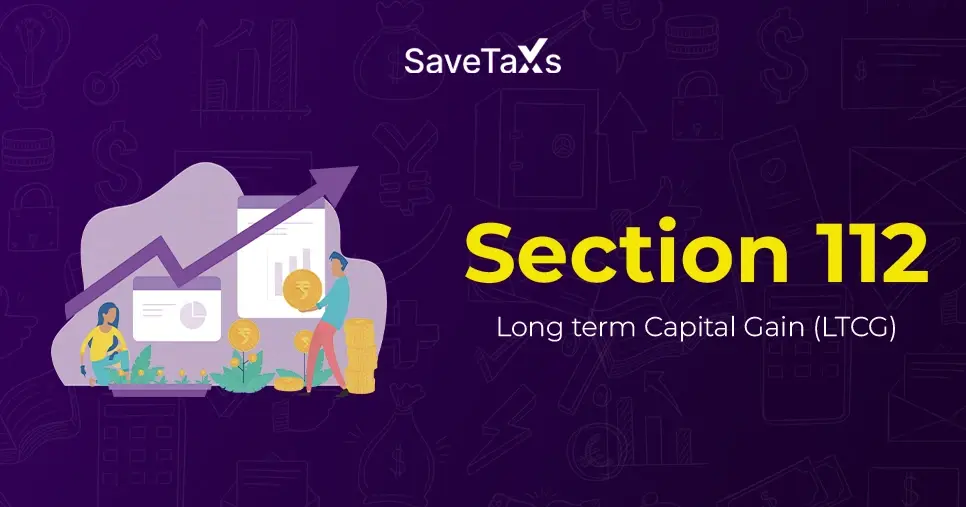
_1766129179.png)
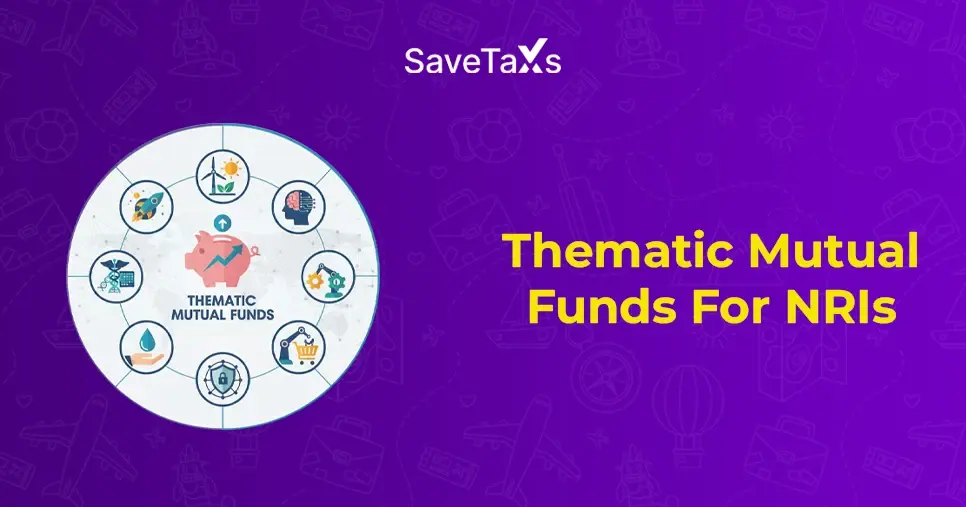

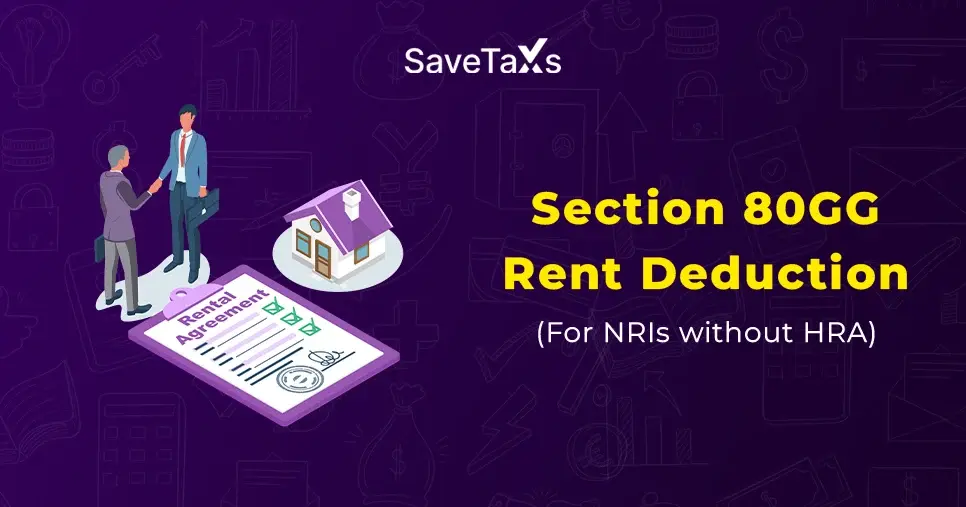

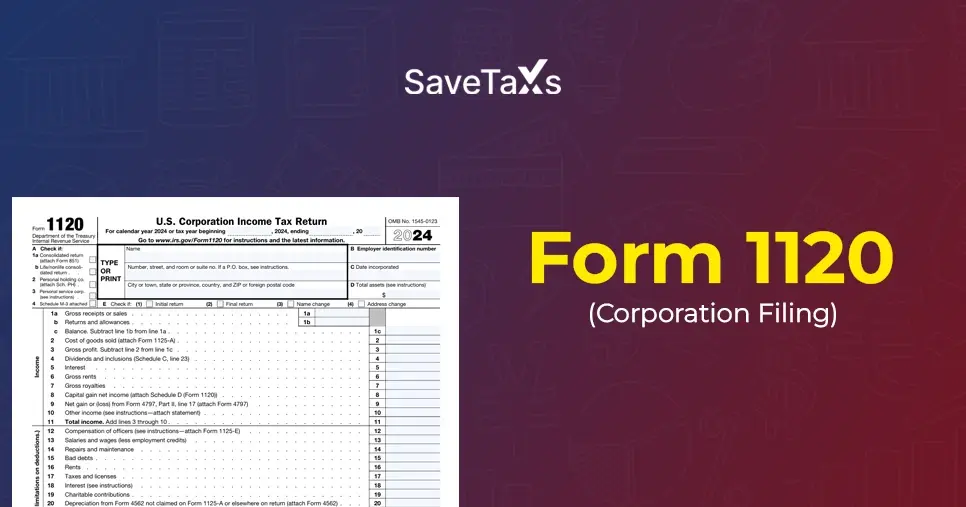
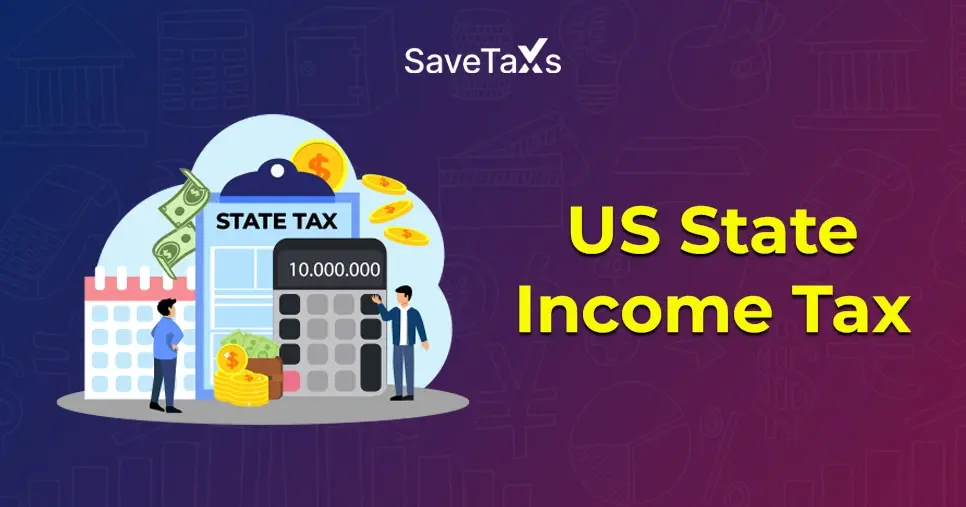
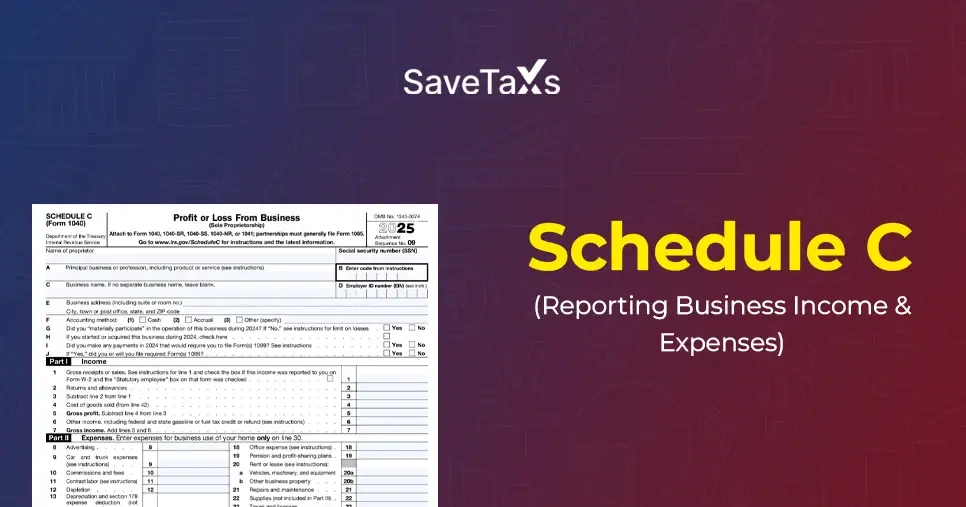


_1767080655.webp)
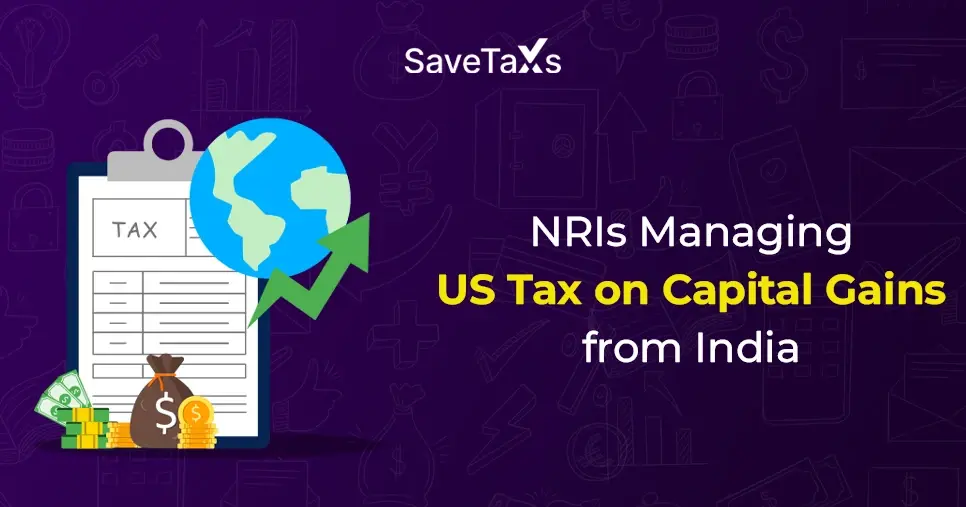
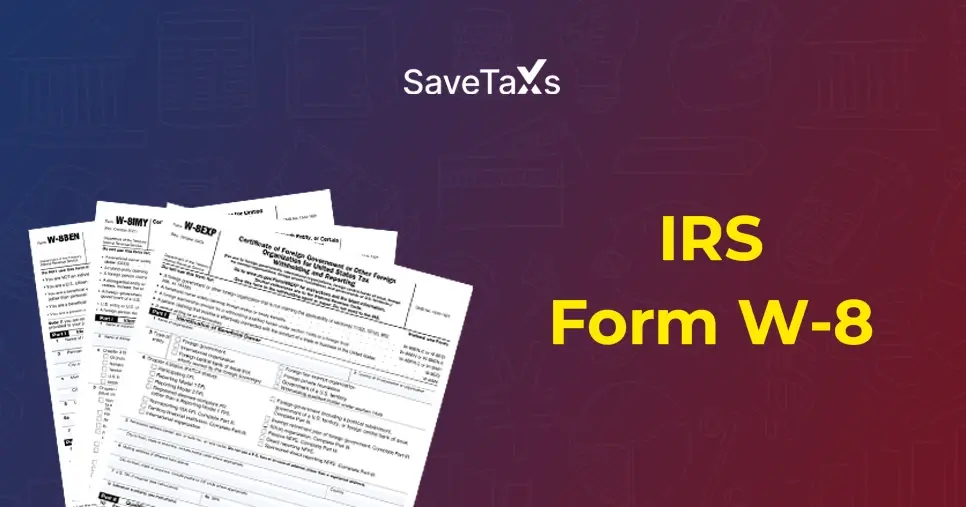
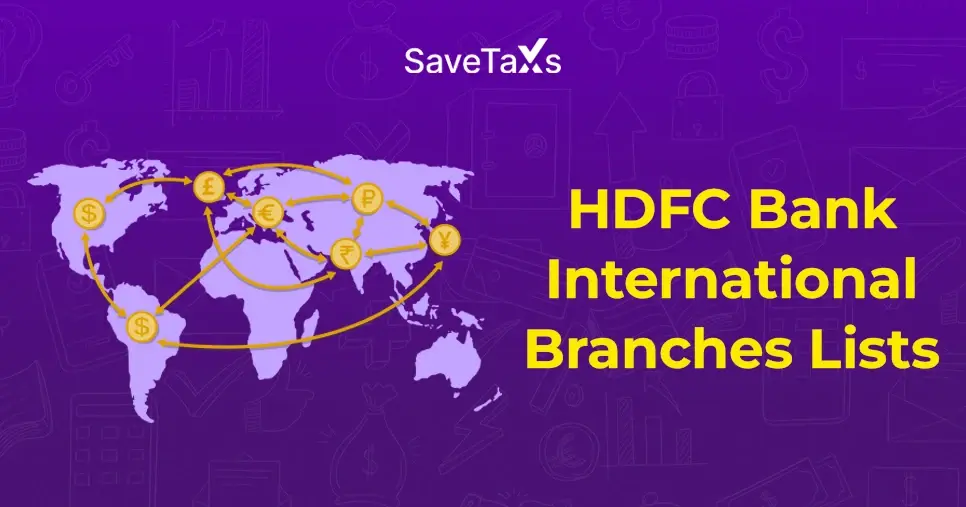
_1752921287.webp)
_1767780160.webp)

